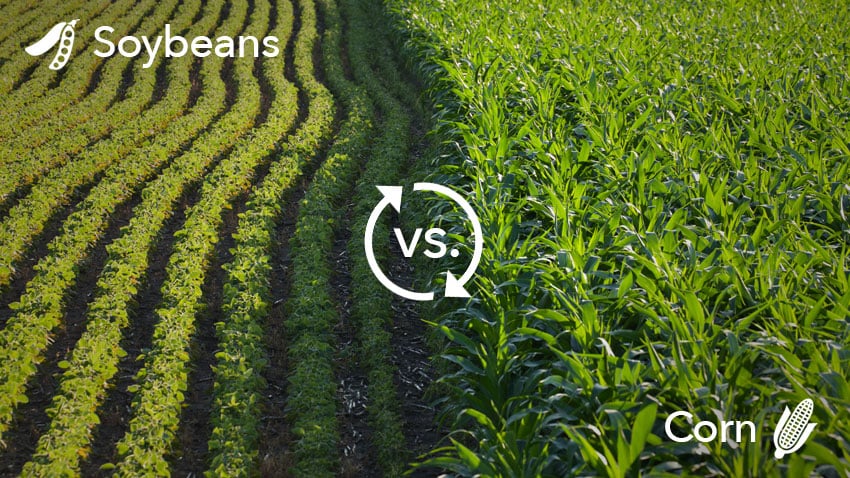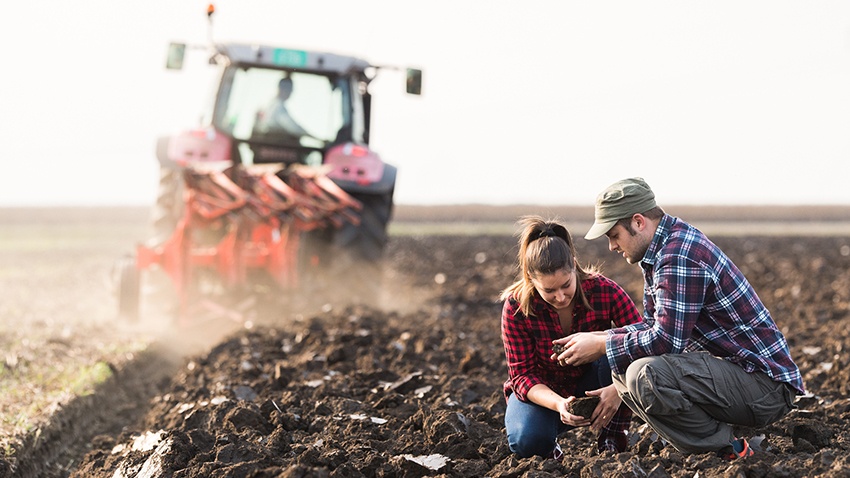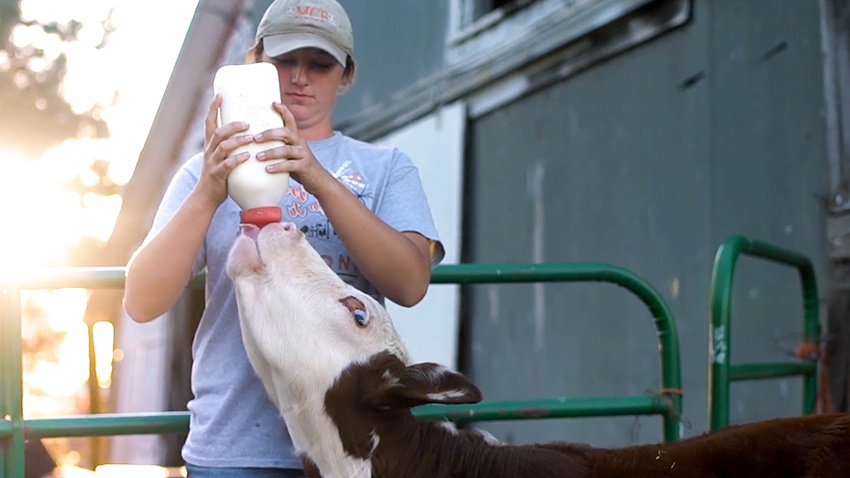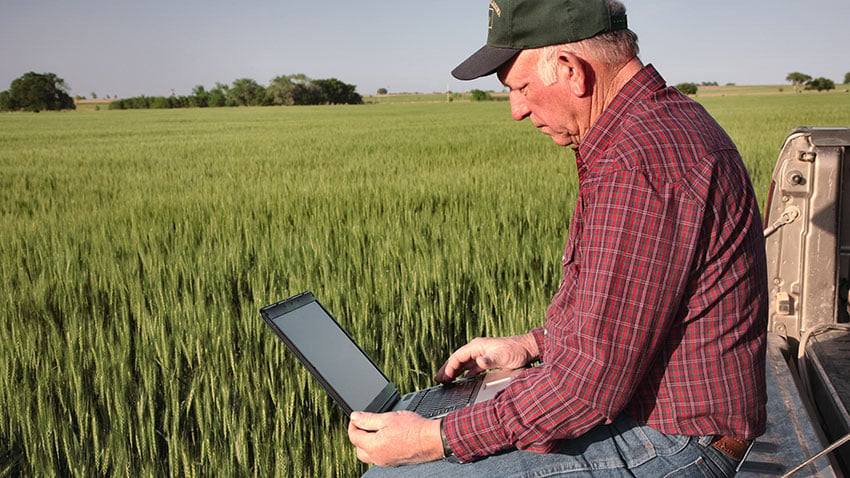
One decision that every producer makes each and every year is what type of crops they will plant. There are many traditional factors that each producer will rely on to ultimately decide which type of crops they will produce in the upcoming growing season. However, in years when commodity prices are low, profitability and breakeven costs should be important factors in planning your future crop rotation.
Benefits of a Planned Crop Rotation
While some producers decide to plant corn consecutively year in and year out, others have found that rotating crops works well in their operation. The most common crop rotation technique is a corn-soybean rotation.
Some of the benefits of using this type of crop rotation include:
- Risk management: A traditional corn-soybean rotation allows the producer to spread out planting and harvesting operations. Another area in risk management involves drought conditions, especially for dryland producers. Rather than having an entire crop at approximately the same growth stage, having different crops that are in different growth stages could minimize the negative effects on yield potential.
- Weed management: Implementing a crop rotation allows producers to diversify their herbicide program. Using different herbicide products for different crops can lead to better overall weed control. This can also reduce the risk of weeds developing resistance to a certain chemical. Over the last couple of years, producers have encountered weeds that are developing a particular resistance to glyphosate (marestail, giant ragweed, etc.)
- Insect management: Crop rotation can be effective against insects such as corn rootworm. The right crop rotation could also lead to a reduction in spending on treated seed (continuous corn).
- Increase in yield: Research at the University of Wisconsin shows that an increase in yield of 10% or greater has been noticed in both corn and soybeans when rotated with another crop compared to being grown continuously.
- Improved soil nutrients and crop residue management: With the right crop rotation, producers are able to cut down on the amount of trash left in the fields from a corn-on-corn rotation. It also reduces the amount of fertilizer needed in a corn-on-corn rotation.
Crop Rotation Based on Commodity Markets
Every farm operation is different; what may work well for some may not work for others. Deciding whether to use a crop rotation or not may ultimately be determined by the commodity markets.
This is why Heartland Bank has developed an easy to use breakeven calculator. Our calculator can help producers determine which crop has the highest earning potential in years when commodity markets are down. When using this calculator, producers can easily run scenarios for different crops and quickly evaluate which crop will be most profitable that year.
Farmers that are equipped with the knowledge of knowing where their breakeven point is on any given crop will have a higher chance of being more profitable in years to come.

Bryce is the Branch President of the Fairmont Branch and Relationship Manager at the Geneva location. He graduated from the University of Nebraska-Lincoln with a Bachelor of Science Degree in Business Administration with an emphasis in Finance. Outside of his roles with Heartland Bank, Bryce is actively involved with his family’s farming operation. In his free time, he enjoys golfing and outdoor activities.














